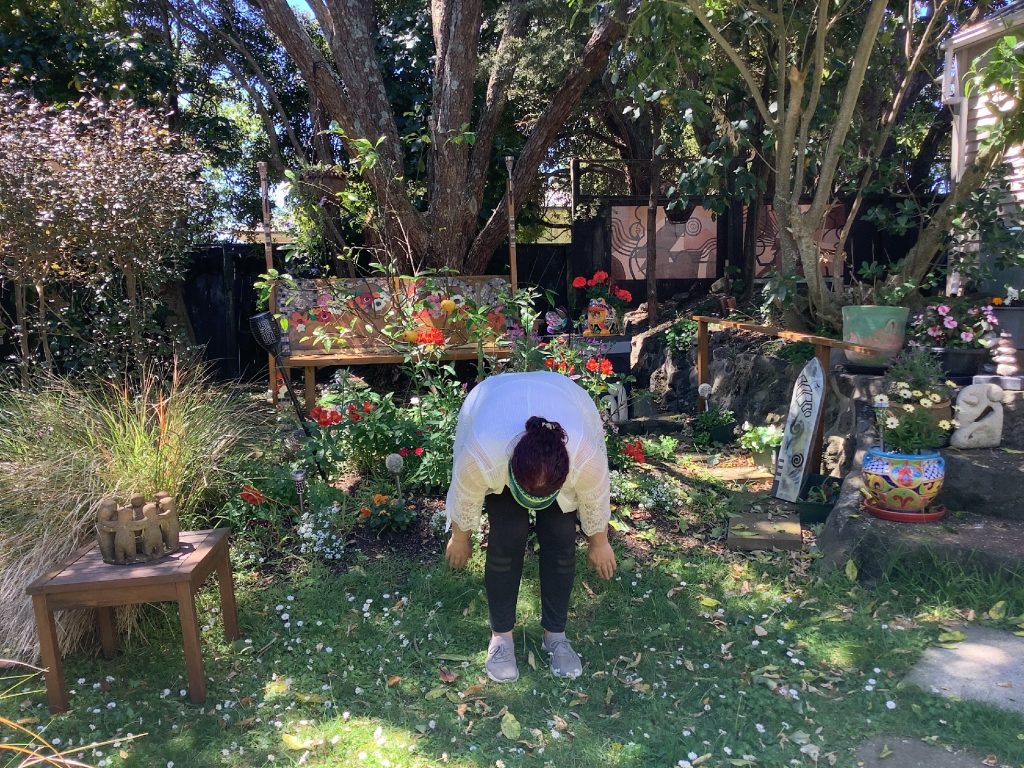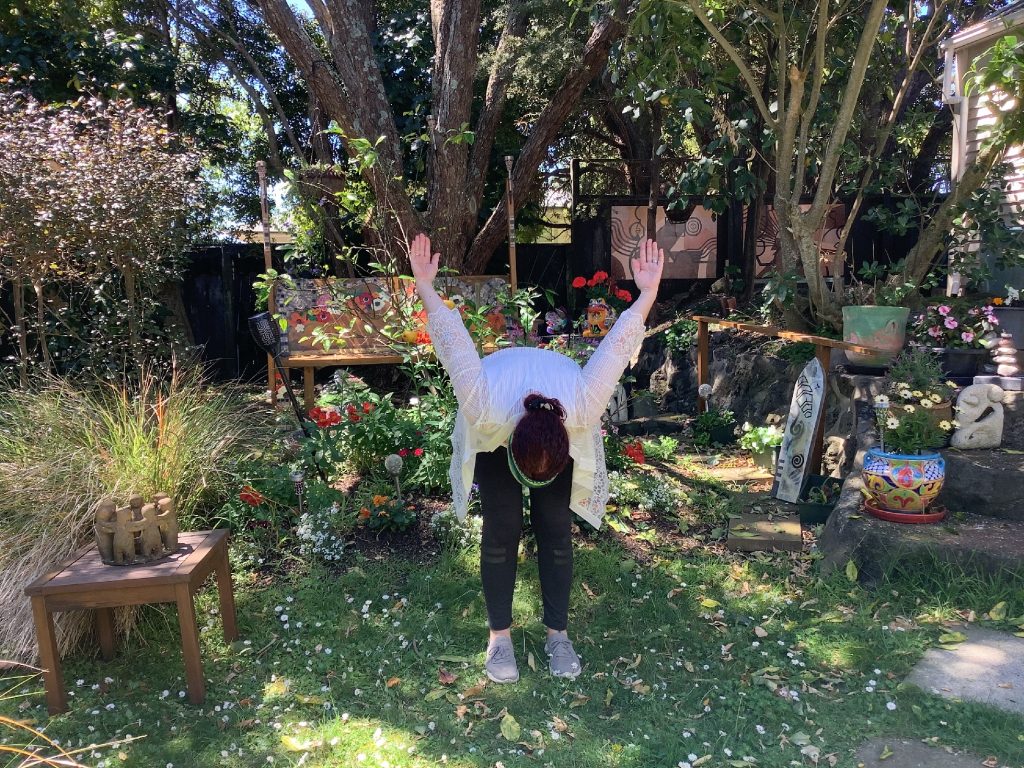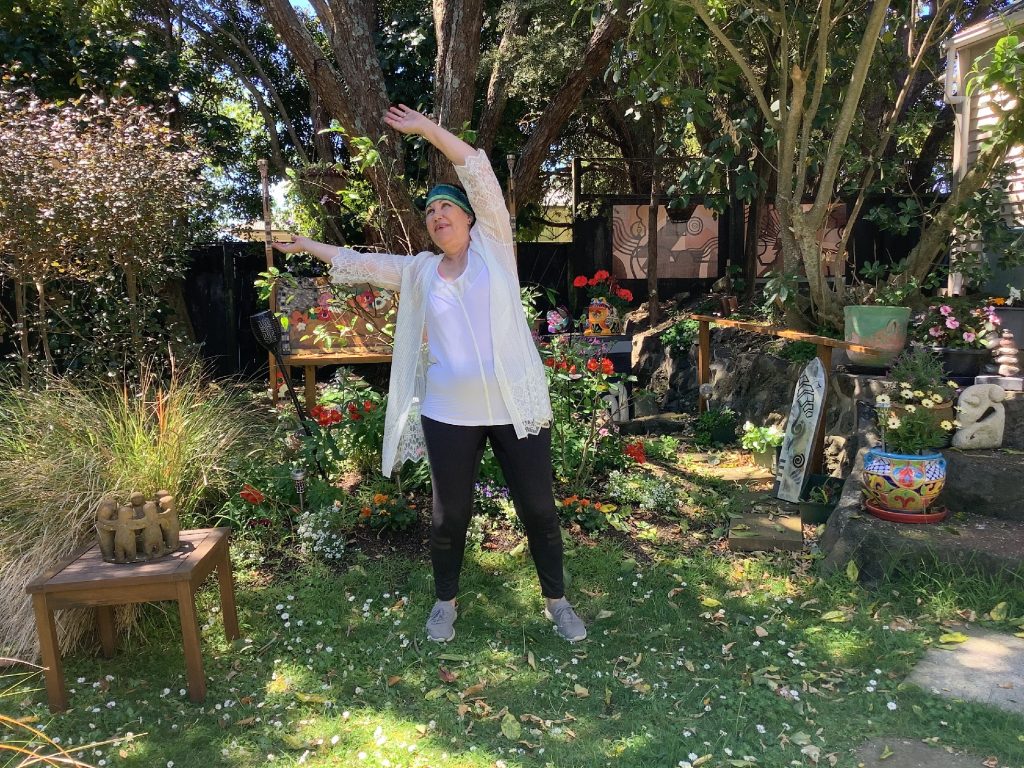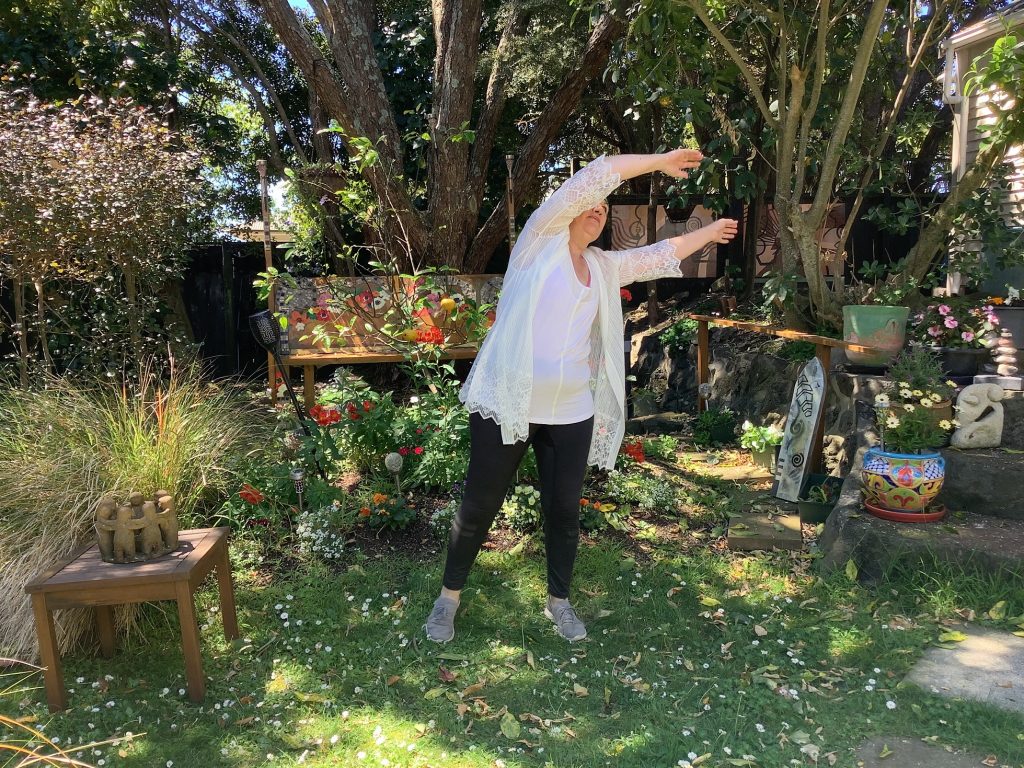Marion Gordon-Flower, author of “Arts Therapies with People with Physical Disabilities” discusses discoveries through COVID-19 lockdowns.
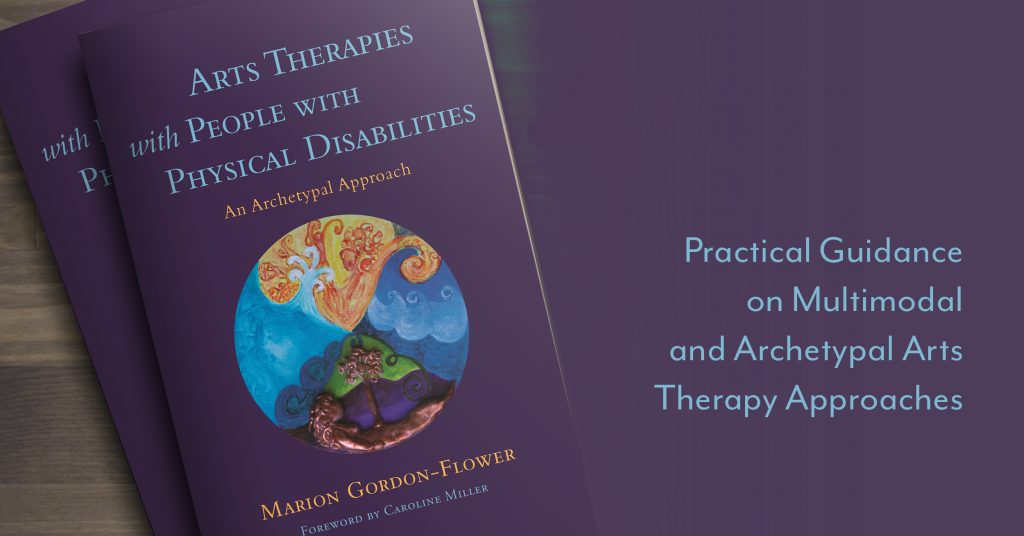
The arrival of COVID-19 to Aotearoa New Zealand was likened to World War II in the call for united action to protect our nation. In the mental health field in Auckland where I am the service leader for wellbeing programmes, the risks of community transmission meant that our team was the first to cease face-to-face contact, ahead of lockdown on 25 March 2020. Also, Symbolica Exhibition which was discussed in my JKP March 2020 blog went into lockdown. Our lifestyle was suddenly turned upside down and emptied out onto the floor, and we were left to scramble to recover and reassemble the contents into a new form.
Life became a daily emergency to support vulnerable, marginalised people who were isolated, some homebased and others homeless. ‘Maslow’s Hierarchy of Needs’ became a point of reflection. My role shifted from arts therapy to assisting other teams with clinical data assessments to ascertain physical vulnerabilities of clients to Covid-19, providing phone support, and coordinating essential resources including food. Alongside of this, we began a survey to discover the IT capacity our group participants in their home-based settings.
In a rare moment of anxiety brought on by the circumstances, I turned to dance therapy to create a movement sequence which brought focus to the use of breath and cultivated relaxed slow-paced movements, and mindfulness. The approach brought an immediate sense of calm, inner strength, and wellbeing. My reflections turned towards the migrant and refugee women who had been attending our wellbeing programmes through symptoms of anxiety, depression, PTSD and displacement. Their sense of safety had been shattered by the shootings in the Mosques in Christchurch on 15 March 2019 and now one year later, going to the supermarket had taken on some of the dimensions of entering a war zone.
I was inspired to take the movement sequence out-of-doors into the tranquility of our nature-rich back garden, which is overarched by an ancient Pohutukawa tree native to Aotearoa New Zealand, and to create a video as a starting point for online service delivery. As had happened in Chapter 8, Music Case Study: Voices of the Māori Gods (pp. 137-141), I drew upon an archetypal story, the Māori story of creation, Papatuanuku Earth Mother and Ranginui Sky Father, to create a guided visulisation which fostered a sense of connection and inclusion. It also incorporated the therapeutic benefits of attuning with nature as discussed in Chapter 5, Environmental Sculpture (pp. 78-93).
Figures 1-8: Arts therapist demonstrating movements of the dance Click on the YouTube link to view a brief video of the movement and guided meditation which has been set to music for this presentation: https://youtu.be/JPhflTS8hlY
The video was well received and was the beginning of our online services, which extended into other arts therapy approaches through ZOOM groups, YouTube, WhatsApp and for those with limited IT, DVDs and print media handouts. Resource art packs, which included canvases, 12-tube acrylic paint sets, brushes, glue and coloured pencils, were delivered to group participants. They were encouraged to take a resourceful, metaphorical approach in mixed-media and share their responses to the lockdown period though an exhibition on our Facebook page, which proved a positive incentive.
Our International Women’s Group was well equipped in IT with a strong social media network. However, through the survey, it was discovered that the majority of other participants were not well equipped and their ability to participate in online forums was limited. Fortunately, we were able to access funding to provide Smart Phones and data packages, which made it possible to swing the balance towards the majority being well equipped.
In the circumstances, being able to connect through ZOOM was of great therapeutic significance. This was not an easy process with multiple IT problems to be solved. Those who made it successfully into the group forum at the appointed time waited patiently while support staff problem solved through phone calls behind the scenes. One by one, faces would appear, each greeted with delight by those waiting. Initially, just being able to say “here I am, and I see you” brought a great sense of relief. Being able to share each other’s home environments and hear each other’s stories and coping strategies was powerfully therapeutic. I was able demonstrate use of the art pack and group members later reciprocated by showing the progress of their work. Although we had collectively learned to do things differently and had moved forward in leaps and bounds with technology, there was resounding relief on 8 June when we were able to fully restore our group programmes in community venues. International Women’s Group have since shown greater commitment to regular attendance and greater engagement during the sessions. There was a sense of deeper appreciation for the significant role that therapeutic arts approaches play in wellbeing. The isolation had been managed through ZOOM while necessary, however there was no substitute for being together.
When a second period of lockdown arrived on 12 August, we were much better equipped for therapeutic arts programmes online. And by the end on 7 October, InterACT Festival had decided to create a virtual festival to be held 25-27 November 2020 through Facebook, rather than create a large-crowd event [Chapter 6, Expressive Dance Movement (pp.94-115, and Chapter 7, Drama (p.p.116-131)]. Our Māori and Pasifika dance therapy groups turned to video making in an auditorium to take part. In a brainstorm session, Covid masks were very much on top of everyone’s thinking. As an antidote, I reminded them of the archetypal role masks have historically played across cultures, which had not initially been considered. Mask-making and decorating became a transformative dimension in the transition between the lockdown period and coming out into the world again, and became a part of dance performance.
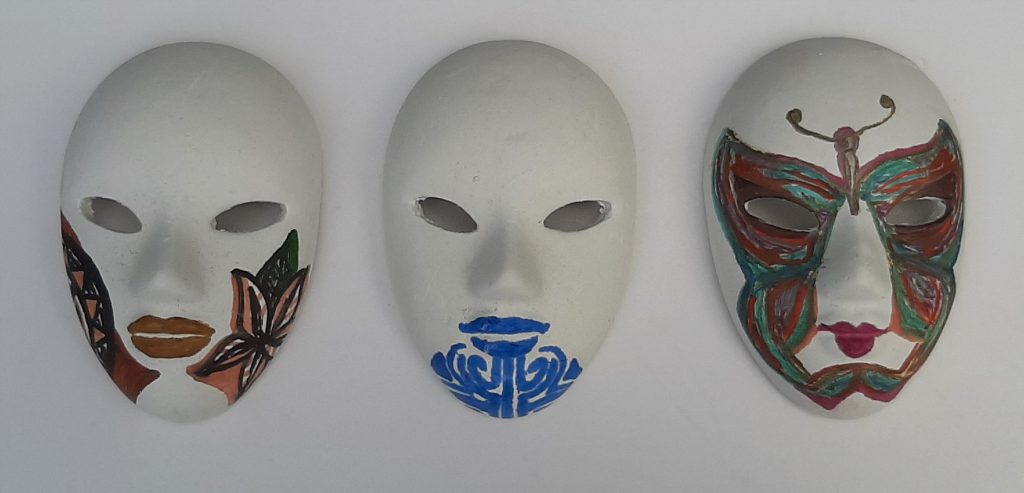
Figure 9: Arts Therapist’s response to multi-cultural diversity within programmes
In conclusion, the face of arts therapy changed through Covid-19 in that social media and digital platforms took on a far greater role. It tested our resourcefulness and resilience, and through the desire and need to remain connected with clients and colleagues, brought into being new modes of practice which will remain a part of our kete tool kits for the longer term. Yet the discovery was also made that there was no true substitute for physically being together and standing in the warmth of each other’s sunshine.
Marion Gordon-Flower
You can learn more and get your copy of Arts Therapies with People with Physical Disabilities, here.




